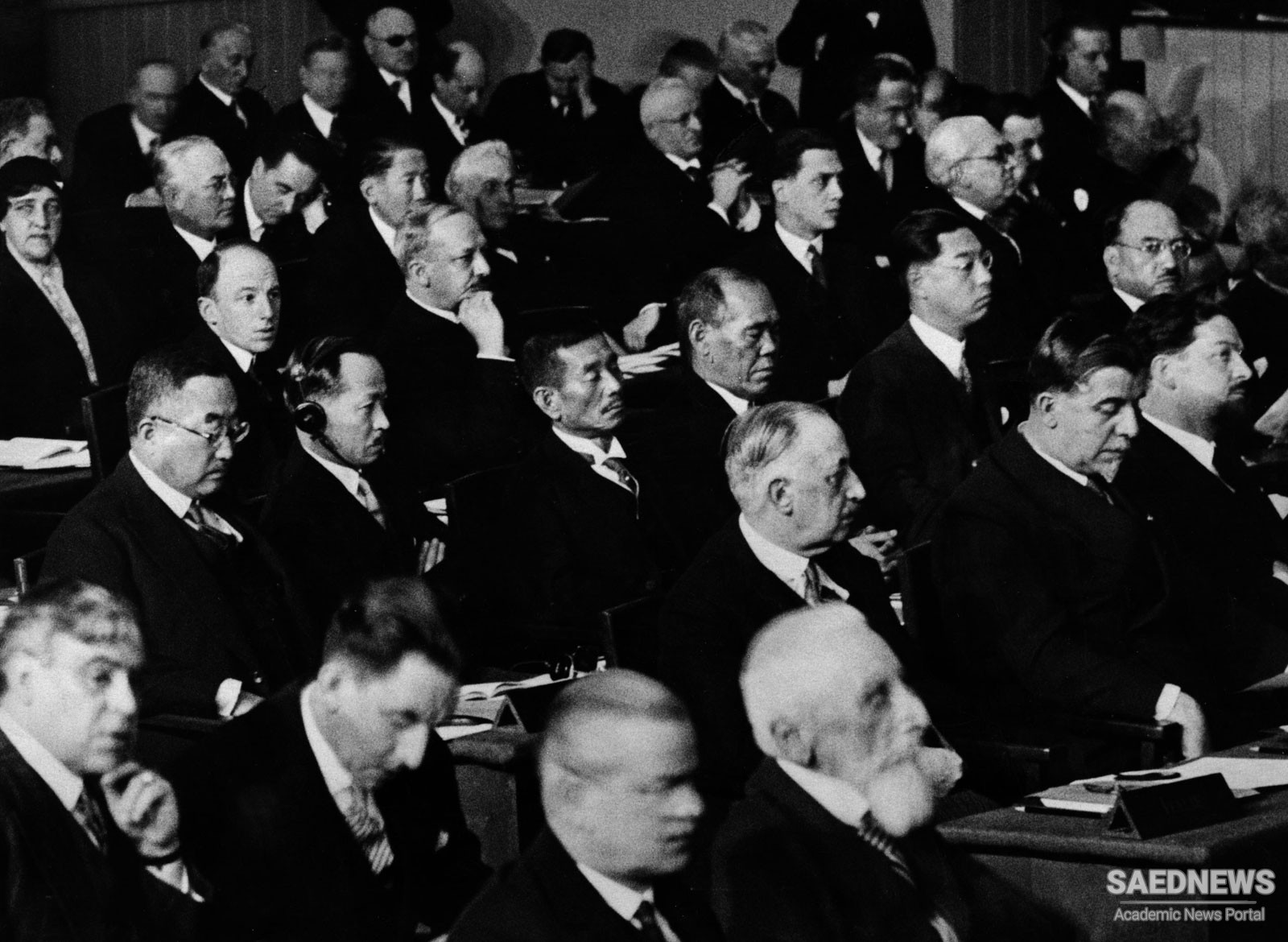The League of Nations was formed in 1920 on the basis of 26 articles included in the Treaty of Versailles, which concluded World War I; it was dissolved in 1946. Its principal architect was U.S. President Woodrow Wilson, but Senate opposition precluded U.S. membership. The major organs were the Assembly, a general conference of all members; the Council; and the Secretariat, headed by a secretary-general with limited powers. The focus was on military security questions, which were dealt with mainly by the Council. Its key mechanism was a collective security system that aimed at deterring war by threatening wouldbe aggressors with an immediate and united response of all other member countries. While the League was successful in defusing some military conflicts in its first decade, its reputation was permanently destroyed by members’ inability to take decisive action regarding the Japanese invasion of Manchuria in 1931 and the Italian invasion of Abyssinia (Ethiopia) in 1935. It was handicapped by the lack of U.S. membership, a unanimity rule for most important decisions, and a lack of resolve by the major European powers. Its activities in the nonmilitary security realm—including with refugees, mandates, the Permanent Court of International Justice (PCIJ), and the International Labour Organization (ILO)—were much more successful but were insufficient to offset its image as a failed institution.


 Nightmare of War, Global Hope for Peace and Birth of United Nations
Nightmare of War, Global Hope for Peace and Birth of United Nations














































